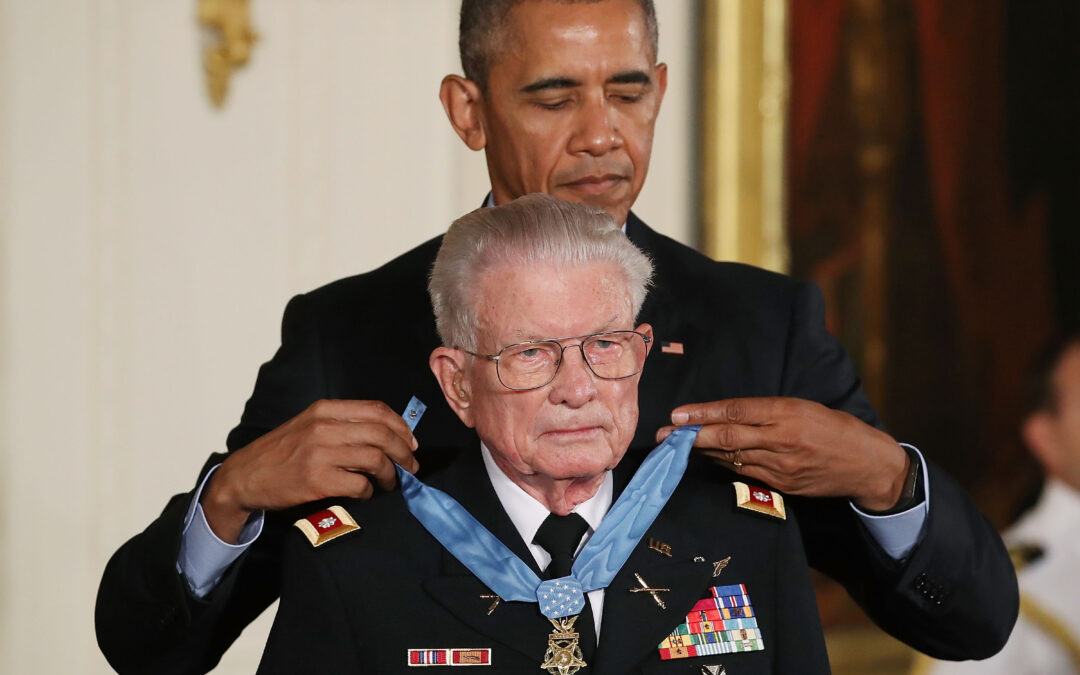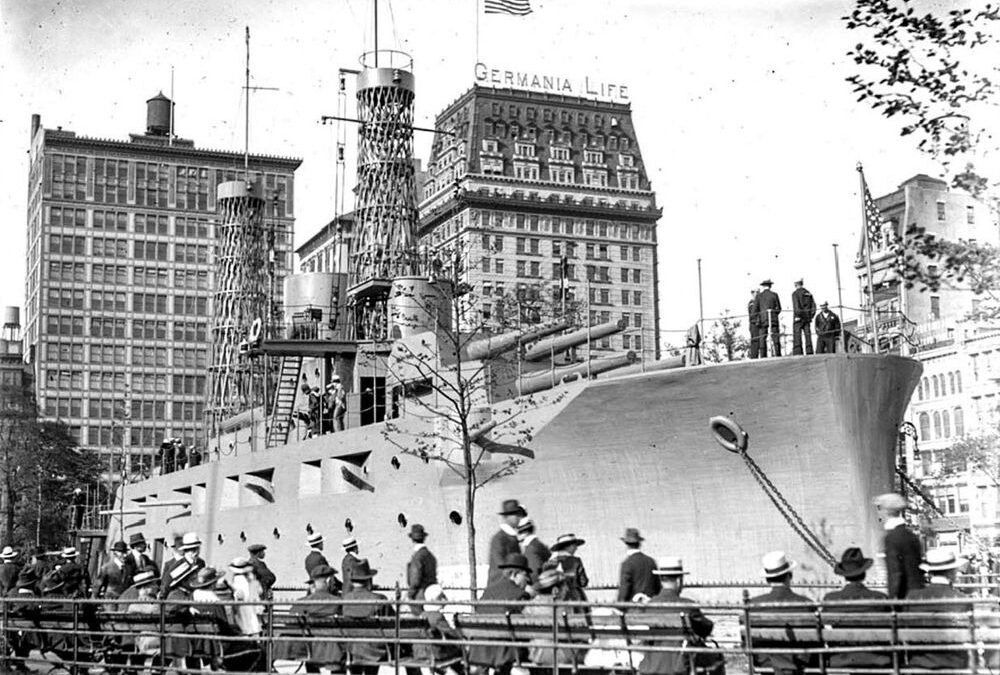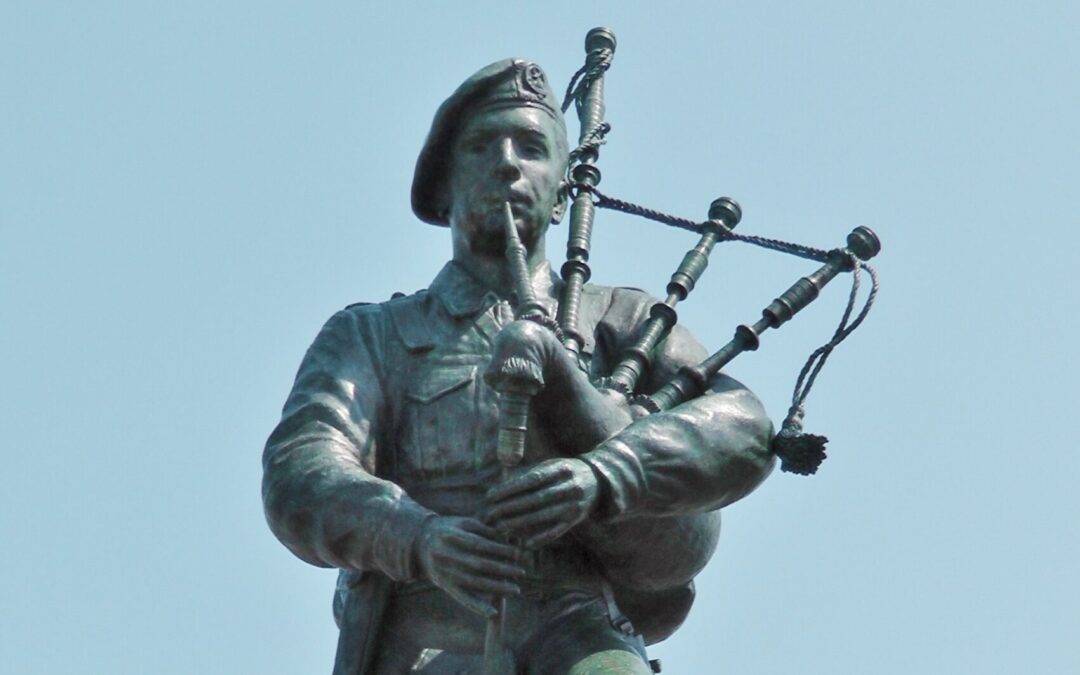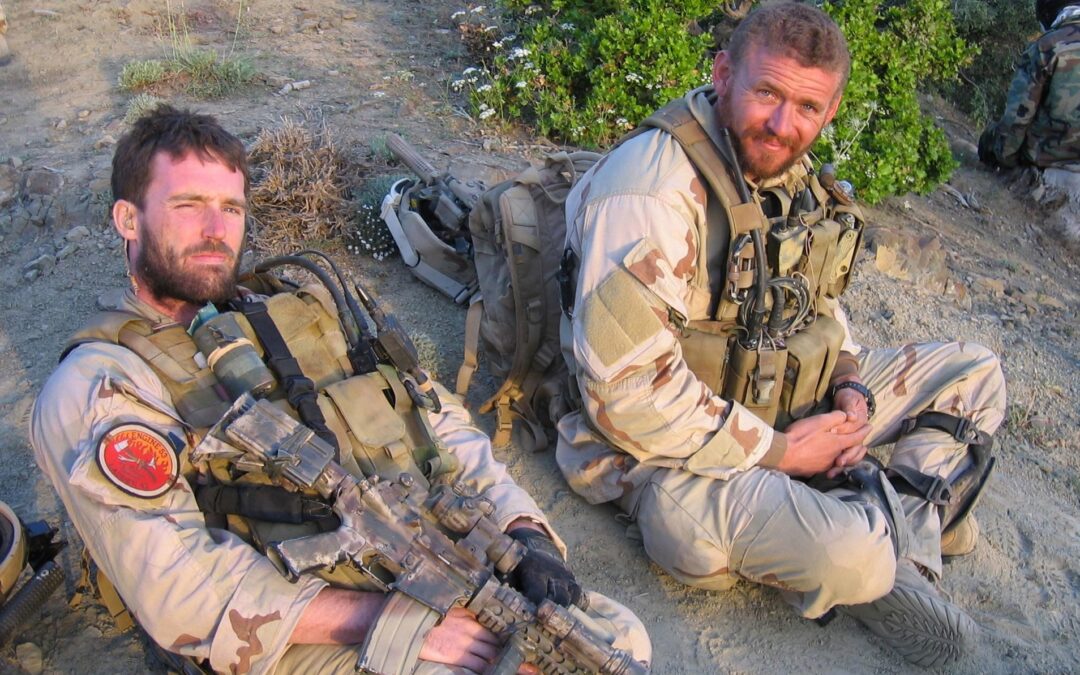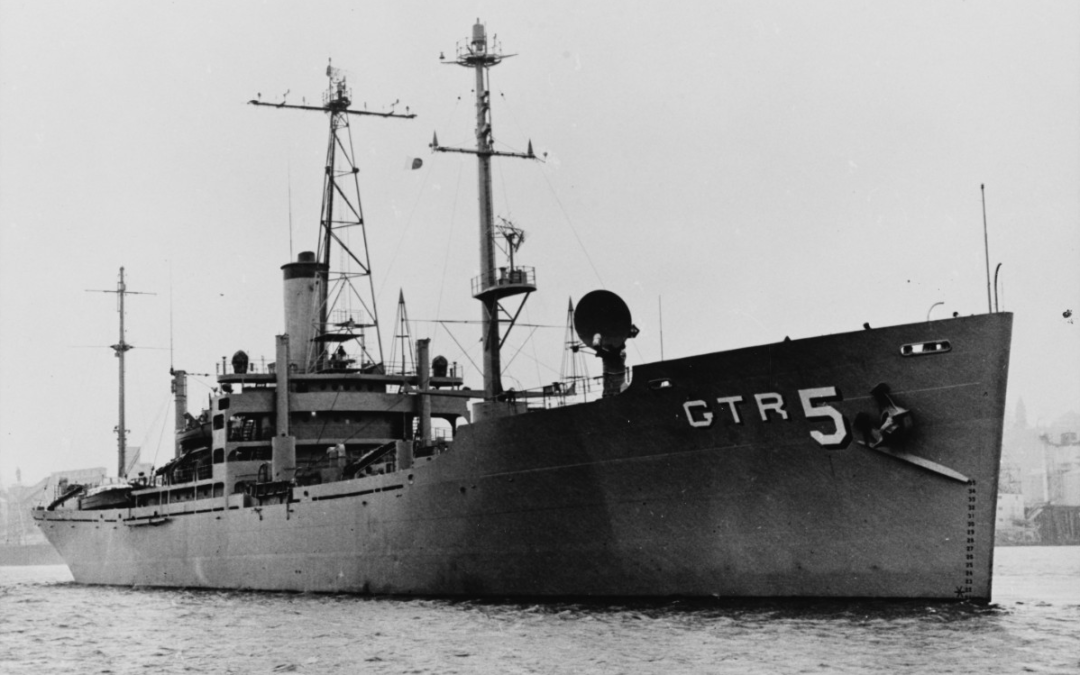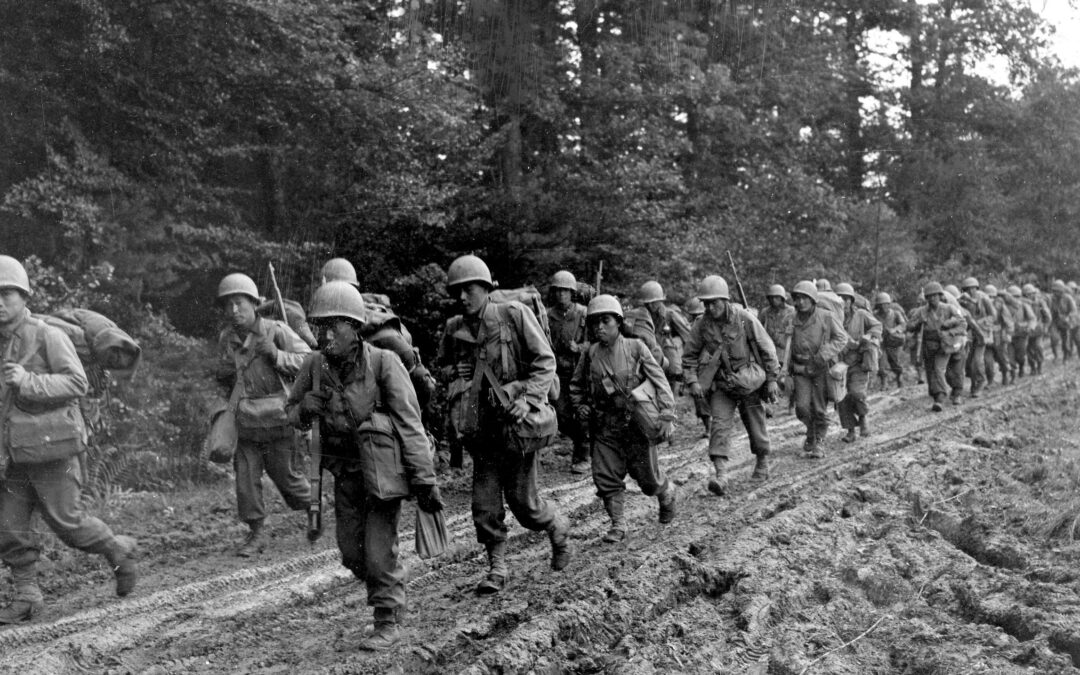During the early morning hours of May 15, 1967, personnel of the 1st Brigade, 101st Airborne Division, were ambushed in the Song Tra Cau riverbed near the Duc Pho District in the South Central Coast of Vietnam by an estimated battalion-sized force of the North Vietnamese Army. The NVA attacked with numerous automatic weapons, machine guns, mortars, and recoilless rifles from a fortified complex of deeply embedded tunnels and bunkers that were effectively shielded from counter fire. Maj. Charles Kettles Volunteered to Lead a Flight of Six UH-1D Upon learning that the 1st Brigade had suffered casualties during an intense firefight with the enemy, then - Maj. Charles Kettles volunteered to lead a flight of six UH-1D helicopters to carry reinforcements to the embattled forces and to evacuate wounded personnel. As the flight approached the landing zone, it came under witheringly deadly enemy fire from multiple directions, with reinforcements hit and killed before they could even leave the...
